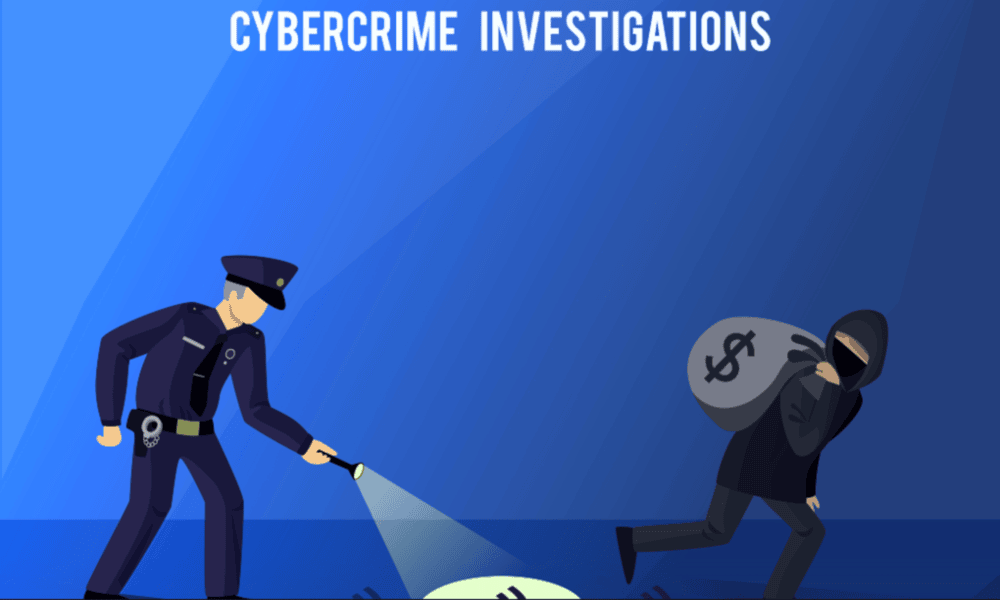Highlight Points:
- AI found fraud cases leading to the recovery of $1 billion in taxpayer money.
- Upgraded algorithms improve the detection of fraudulent actions.
- Future potential for AI in combating financial crime is promising.
Unexpected Success in Fraud Detection
Federal agencies have declared an outstanding victory in the fight against financial fraud, claiming advanced artificial intelligence for the recovery of $1 billion in fake claims over the last year. The deployment of powerful AI algorithms has considerably improved agencies’ ability to detect and combat fraudulent acts, signaling a turning point in financial monitoring.
The AI found fraud on such a large scale highlights the technology’s growing role in enhancing investigative processes. As federal authorities continue to harness the power of AI, they are better equipped to tackle increasingly complex fraudulent schemes.
Advanced Algorithms at Work
The success story revolves around the use of advanced algorithms designed to sift through massive datasets, detecting patterns that human analysts might miss. AI found fraud by analyzing transactions and claims, pinpointing anomalies indicative of fraudulent behavior. This proactive approach allows federal agencies to act swiftly, recovering funds before they are lost.
As AI technology continues to evolve, the accuracy and efficiency of fraud detection are expected to improve, making it an indispensable tool for agencies dedicated to protecting taxpayer money. The shift towards AI-driven analysis represents a significant leap forward in how fraud is investigated and resolved.
Looking Ahead: The Future of AI in Fraud Prevention
The initial success of AI in detecting fraud has opened the door to even greater potential in the future. Experts believe that as these technologies advance, they will be able to identify fraudulent activities in real time, significantly reducing the window for fraudsters to exploit systems. The implications of AI found fraud extend beyond just recovery; they could also deter future fraudulent activities by increasing the likelihood of detection.










